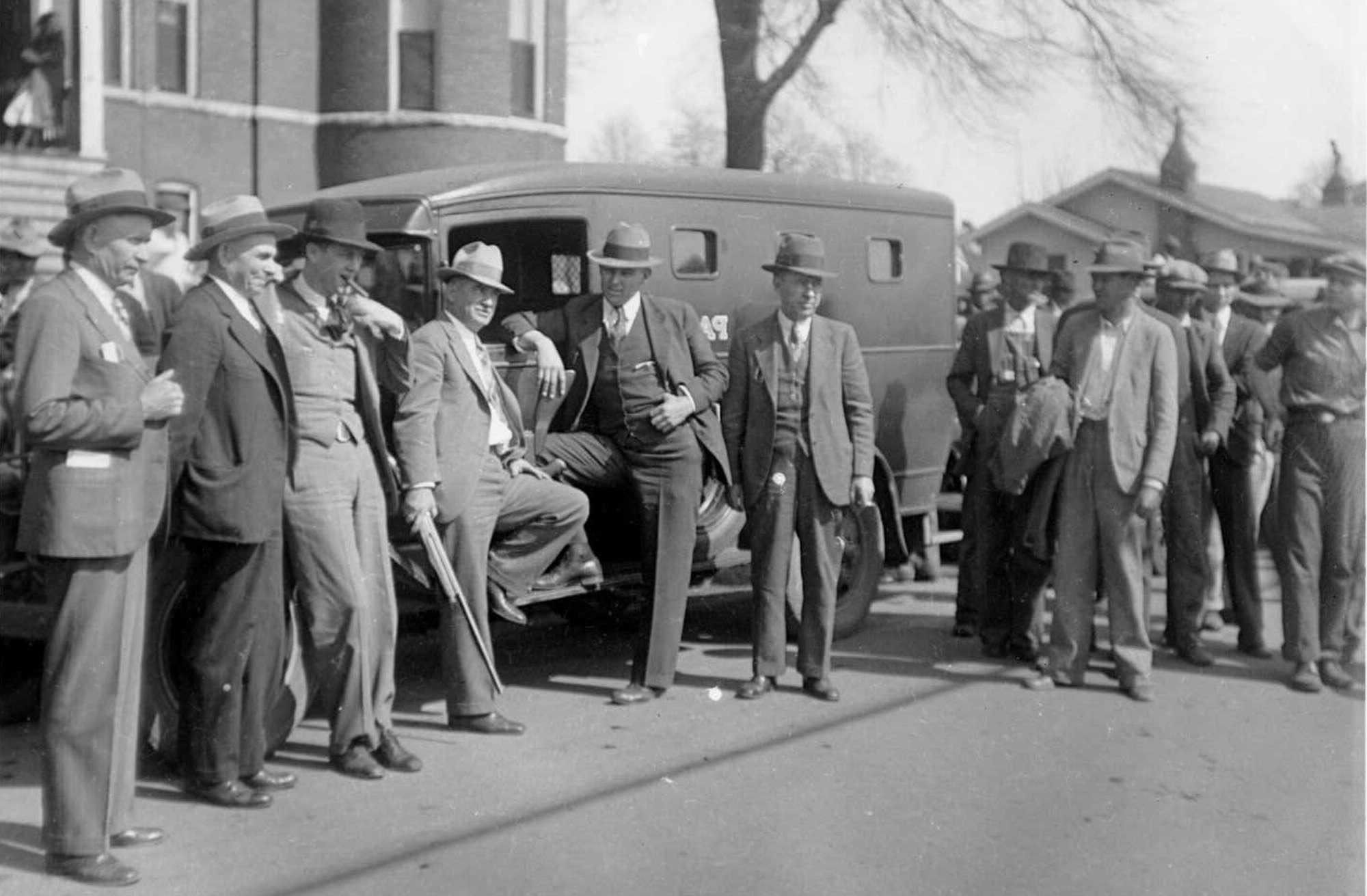
The Scottsboro Case stands as a pivotal moment in American history, highlighting racial injustice and the fight for civil rights. In 1931, nine African American teenagers were falsely accused of raping two white women on a train in Alabama. This case drew national attention, sparking outrage and leading to a series of trials that exposed deep-seated racial prejudices. The Scottsboro Boys, as they were known, faced all-white juries, rushed trials, and inadequate legal representation. Despite evidence proving their innocence, they endured years of legal battles. Their plight eventually led to significant legal reforms, including the right to effective counsel and fair trials. Understanding the Scottsboro Case is crucial for grasping the complexities of racial dynamics in the United States.
The Scottsboro Case: A Landmark in American History
The Scottsboro Case is one of the most significant legal battles in American history. It highlights issues of racial injustice, legal rights, and the fight for equality. Here are some key facts about this pivotal case.
The Arrests and Accusations
In 1931, nine African American teenagers were falsely accused of raping two white women on a train in Alabama. This event set the stage for a series of trials that would captivate the nation.
- The nine teenagers, known as the Scottsboro Boys, were aged between 13 and 19.
- The accusations were made by Victoria Price and Ruby Bates, who were also on the train.
- The boys were arrested in Paint Rock, Alabama, and quickly taken to jail.
The Trials Begin
The trials of the Scottsboro Boys were marred by racial prejudice and legal misconduct. Despite the lack of evidence, the boys faced an uphill battle in court.
- The first trials took place in Scottsboro, Alabama, in April 1931.
- All-white juries convicted eight of the nine boys, sentencing them to death.
- The trials were rushed, with some lasting only a few days.
Legal Battles and Appeals
The Scottsboro Case saw numerous appeals and retrials, highlighting the flaws in the American legal system.
- The case was appealed to the Alabama Supreme Court, which upheld most of the convictions.
- In 1932, the U.S. Supreme Court intervened, ruling in Powell v. Alabama that the boys had been denied adequate legal representation.
- The case was sent back to Alabama for retrial, leading to further legal battles.
Changing Testimonies and Public Outcry
Public opinion began to shift as new evidence and changing testimonies emerged.
- Ruby Bates recanted her testimony in 1933, stating that the rape never occurred.
- The case attracted national and international attention, with protests and rallies demanding justice for the Scottsboro Boys.
- The Communist Party USA and the NAACP both played significant roles in advocating for the boys' release.
Final Outcomes and Legacy
The Scottsboro Case had lasting impacts on the American legal system and civil rights movement.
- By 1950, all of the Scottsboro Boys had been released from prison, though some had spent nearly two decades behind bars.
- The case led to two landmark Supreme Court decisions: Powell v. Alabama (1932) and Norris v. Alabama (1935), which helped establish the right to effective counsel and the prohibition of racial discrimination in jury selection.
- In 2013, the state of Alabama issued posthumous pardons to the last three Scottsboro Boys, acknowledging the injustice they had suffered.
The Scottsboro Case remains a powerful reminder of the importance of justice, equality, and the ongoing fight against racial discrimination.
The Lasting Impact of the Scottsboro Case
The Scottsboro Case remains a pivotal moment in American history. It highlighted the deep-seated racial prejudices and flaws in the judicial system. The trials of the nine young African American men accused of raping two white women in 1931 exposed the injustices faced by many due to their race. Despite the lack of evidence, the accused endured multiple trials, convictions, and years of imprisonment.
This case spurred the Civil Rights Movement, leading to significant legal reforms. It underscored the need for fair trials and equal treatment under the law. The Scottsboro Boys became symbols of the fight against racial injustice, reminding us of the importance of vigilance in protecting civil rights.
Their story continues to educate and inspire, emphasizing the ongoing struggle for equality and justice in society. The lessons from this case remain relevant, urging us to strive for a more just world.
Was this page helpful?
Our commitment to delivering trustworthy and engaging content is at the heart of what we do. Each fact on our site is contributed by real users like you, bringing a wealth of diverse insights and information. To ensure the highest standards of accuracy and reliability, our dedicated editors meticulously review each submission. This process guarantees that the facts we share are not only fascinating but also credible. Trust in our commitment to quality and authenticity as you explore and learn with us.


